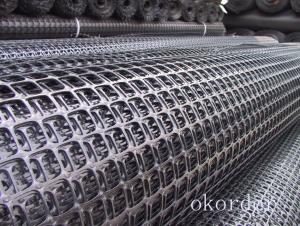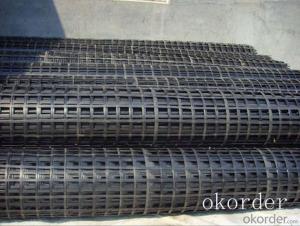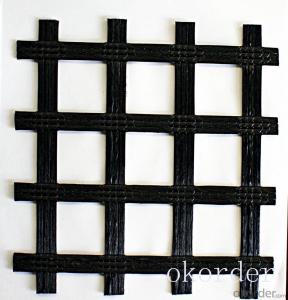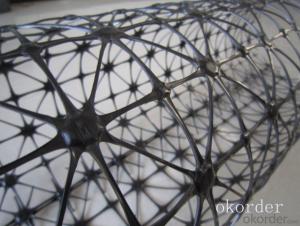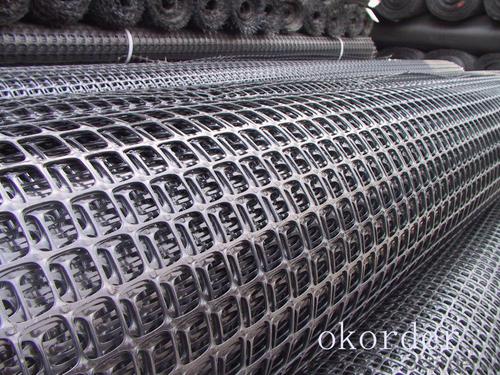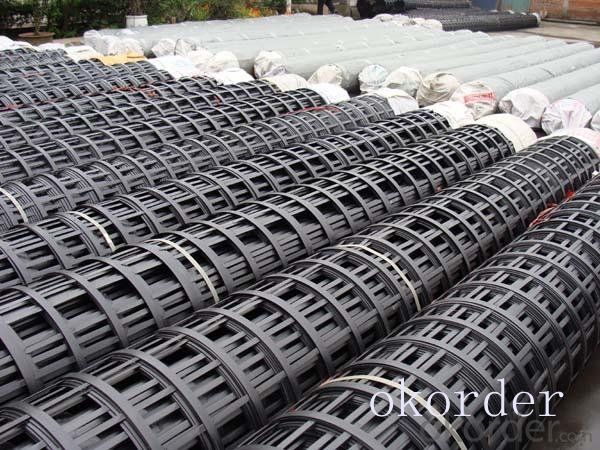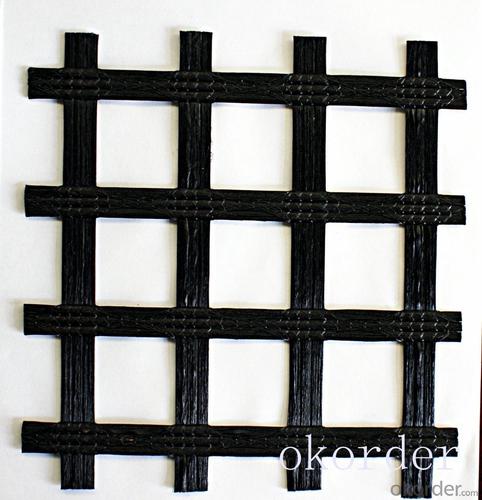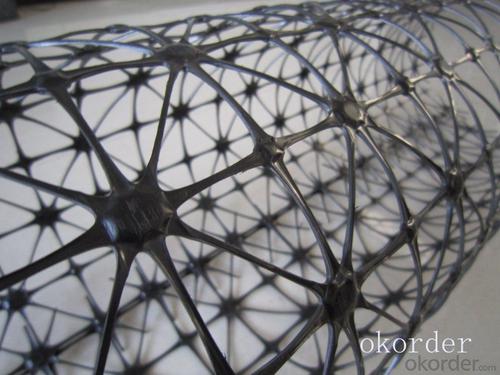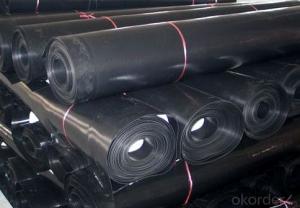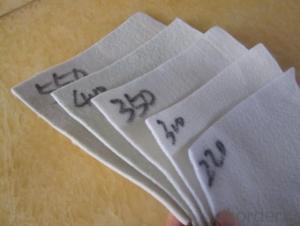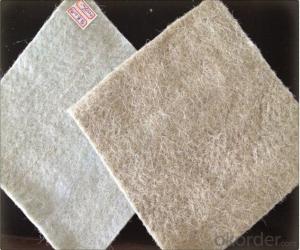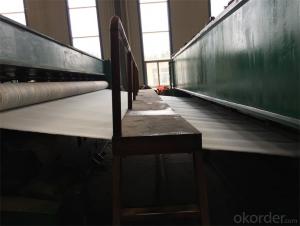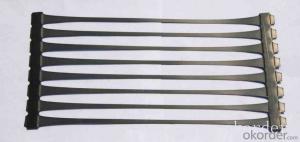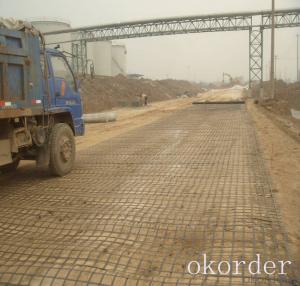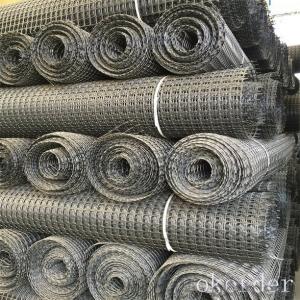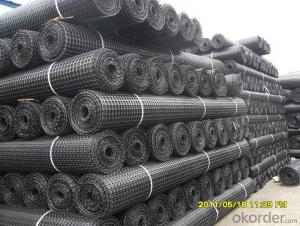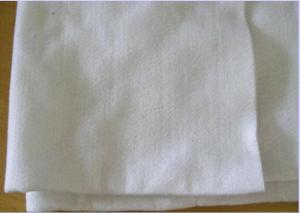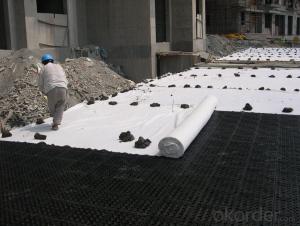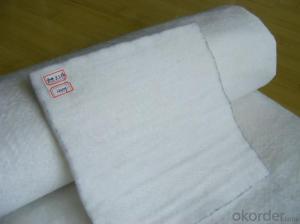Mirafi Geotextile Polyethylene Fiberglass Geogrid Made in China
- Loading Port:
- China main port
- Payment Terms:
- TT OR LC
- Min Order Qty:
- 1000 m²
- Supply Capability:
- 1000000 m²/month
OKorder Service Pledge
OKorder Financial Service
You Might Also Like
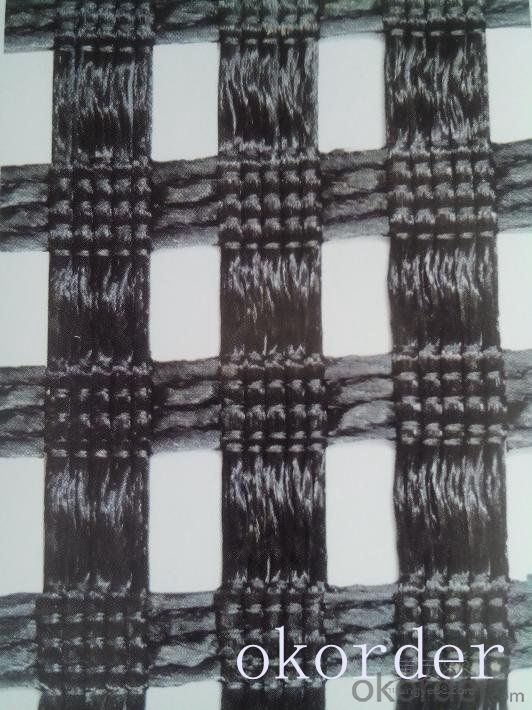
Product Introduction
Type:
Geogrids
Place of Origin:
Anhui, China (Mainland)
Brand Name:
CMAX
Model Number:
Biaxial
In case of water streams construction, geogrid application allows planting trees and shrubs along the banks protecting them from ablation. Geogrids are an economical solution for filling water stream base and creates almost an ideal surface for laying down a water resistant layer.
Geogrid protects channel slopes, provides resistance and stability, protecting this object from erosion. Additional advantage is drainage along channels. Geogrid application considerably reduces losses, connected with fall of ground, landslides and deformation of slopes.
Our Service
Quality assurance
1.On a regular basis or as per your request,we entrust national testing agencies to conduct quality inspections
2. Strictly in accordance with the ISO9001-2008 international quality system standard,we monitor and manage the whole process throughout production,quality testing,and measurement to ensure product quality
3. For quality-related construction delay or substandard construction(except for damage or losses due to customer’s responsibility or irresistible natural disasters),we have refunding,replacement,and repair services.We will respond to customers’ feedbacks on quality issues within 24 hours.
Packaging & Shipping
Packing: PLASTIC FILM INSIDE, AND WOVEN BAG OUTSIDE
Shipping: About 15 days after receipt the deposit
FAQ:
Q: What kind of payments does jenor support?
A: T/T, L/C, Cash are accepted.
Q: Do you charge for the samples?
A: Accordeing to our company policy, the samples are free, we only charge the freight fee. And we will return the freight fee during the next order.
Q: Can you produce according to customers' design?
A: Sure, we are professional manufacturer, OEM and ODM are both welcome.
Q: Do you have other products?
A: Yes, please check the pictures:
- Q: What is geomembrane geomembrane, composite geomembrane
- Anti-seepage drainage of the site ah Geomembrane ah
- Q: How do geotextiles contribute to groundwater protection?
- Geotextiles contribute to groundwater protection by acting as a barrier between the soil and any potential contaminants. They prevent the infiltration of pollutants into the groundwater by providing a filtration layer that allows water to pass through while trapping harmful substances. Additionally, geotextiles help in stabilizing the soil, reducing erosion and sedimentation that can impact the quality of groundwater.
- Q: How do geotextiles help in preventing erosion around culverts?
- Geotextiles help in preventing erosion around culverts by acting as a barrier between the soil and water flow. They provide stability and reinforcement to the soil, preventing it from being washed away. Additionally, geotextiles help filter out sediment and prevent clogging of the culvert, ensuring proper water flow and reducing the risk of erosion.
- Q: Can geotextiles be used in railway projects?
- Yes, geotextiles can be used in railway projects. Geotextiles are often used in railway construction and maintenance to improve the stability and performance of the track. They can be used for various purposes such as separation, filtration, reinforcement, and drainage, helping to prevent soil erosion, improve drainage systems, and enhance the overall durability of the railway infrastructure.
- Q: Geotextile and geogrid difference
- Different geotextile used to prevent seepage, geogrid used to reinforce the geotextile is mainly used to seepage, isolation, geogrid are generally used in reinforced reinforcement, the two are essential differences in the use of the process Sometimes used in the same project, such as high-speed, railway and other engineering production grid is made of polypropylene, polyvinyl chloride and other polymer polymer by thermoplastic or molded two-dimensional grid or a certain height of the three-dimensional Dimensional grid grid, when used as a civil engineering, known as geogrid. Engineering applications: roads, railways, abutments, approach roads, docks, dams, slag and other soft soil foundation reinforcement, retaining walls and road surface cracking engineering and other fields. Fiberglass mesh used in the external walls, wall paint, the main material to prevent the junction of different mortar and other plastering material cracking, hollowing. Local node reinforcement will also be used. Geotextile has excellent filtration, drainage, isolation, reinforcement, anti-seepage, protection, with light weight, high tensile strength, good permeability, high temperature, anti-freeze, anti-aging, corrosion resistance. Common non-woven fabrics, water layer inside the use, polyethylene polypropylene waterproof also used.
- Q: Are geotextiles commonly used in canal lining applications?
- Yes, geotextiles are commonly used in canal lining applications. Geotextiles provide excellent erosion control and filtration properties, making them an effective solution for preventing soil erosion and maintaining the integrity of canal linings.
- Q: How do geotextiles improve the performance of shorelines?
- Geotextiles improve the performance of shorelines by providing erosion control, stabilizing the soil, and promoting vegetation growth. These synthetic fabrics act as a barrier that prevents soil erosion caused by waves, tides, and currents. Geotextiles also help to distribute hydraulic pressure, reducing the impact of water on shorelines. Additionally, they facilitate the growth of vegetation by retaining moisture and providing a stable base for plant roots, further reinforcing the shoreline and enhancing its overall performance.
- Q: How do geotextiles affect air quality?
- Geotextiles do not directly affect air quality. However, they can indirectly contribute to improved air quality by preventing soil erosion and reducing the release of dust particles into the air.
- Q: Can geotextiles be used in coastal erosion control structures?
- Yes, geotextiles can be used in coastal erosion control structures. Geotextiles are commonly used to stabilize slopes, reinforce soil, and control erosion in various construction projects. In coastal areas, they can be employed to prevent erosion of beaches, dunes, or shorelines by acting as a barrier against the movement of sediment and soil. Geotextiles provide an effective solution for coastal erosion control structures due to their permeability, strength, and ability to withstand harsh environmental conditions.
- Q: How do geotextiles help with soil stabilization?
- Geotextiles help with soil stabilization by acting as a barrier between the soil and other materials, such as water or aggregates. They prevent soil erosion, promote drainage, and enhance soil strength, ultimately improving stability and preventing the loss of soil particles.
Send your message to us
Mirafi Geotextile Polyethylene Fiberglass Geogrid Made in China
- Loading Port:
- China main port
- Payment Terms:
- TT OR LC
- Min Order Qty:
- 1000 m²
- Supply Capability:
- 1000000 m²/month
OKorder Service Pledge
OKorder Financial Service
Similar products
Hot products
Hot Searches
Related keywords
